(As you can see, I’m still turning out posts related to the Amazon Cares trip as I get the chance. It’s something I could go on about for ages, in so many different ways.)
One of the things that will strike you the most when you are in a third world country is the sheer number of street animals. We’re not used to it here. Here, they are picked up, and placed out of sight and out of mind, until of course we either rehome them or kill them. That is how it works here.
In other places like Peru, they are left to fend for themselves. One of the things I noticed immediately was of the many, many animals we saw, they were all pretty darn young. I do not think their hard lives lend themselves to elderly years.
They seem content with their lot for the most part, surprisingly trusting of people and of strangers.
They make do where they can, and for the most part they are tolerated.
The lucky ones are brought to a rare treatment option like Amazon Cares to be treated, spayed or neutered, and released.
Though they of course may not view this as the best stroke of luck at the time.
The really lucky ones end up at the no-kill Amazon Cares shelter,
Or find their way into the hearts of a volunteer who releases her back onto the street, only to run after her and declare that she will find a home in the States (that was Nikka Harvey’s contribution);
While the unlucky ones find themselves struggling with a disease like parvo in an environment where treatment options are limited, and pet hospitals don’t exist,
Or perhaps they are so ill from a disease like transmissible venereal tumor that with heavy hearts, the volunteers provide that most sad and final forms of pain relief. I did not share that picture.
But with that sadness comes hope for those who remain,
Who are resilient despite their challenges and their struggles.
These animals have difficult lives, for which they need to fight every day. There are no shelters for them, no aid when they are injured or ill. And in return, they are at least given a chance at life instead of a 5 day limit in a concrete shelter.
They do the best they can, as do we all.
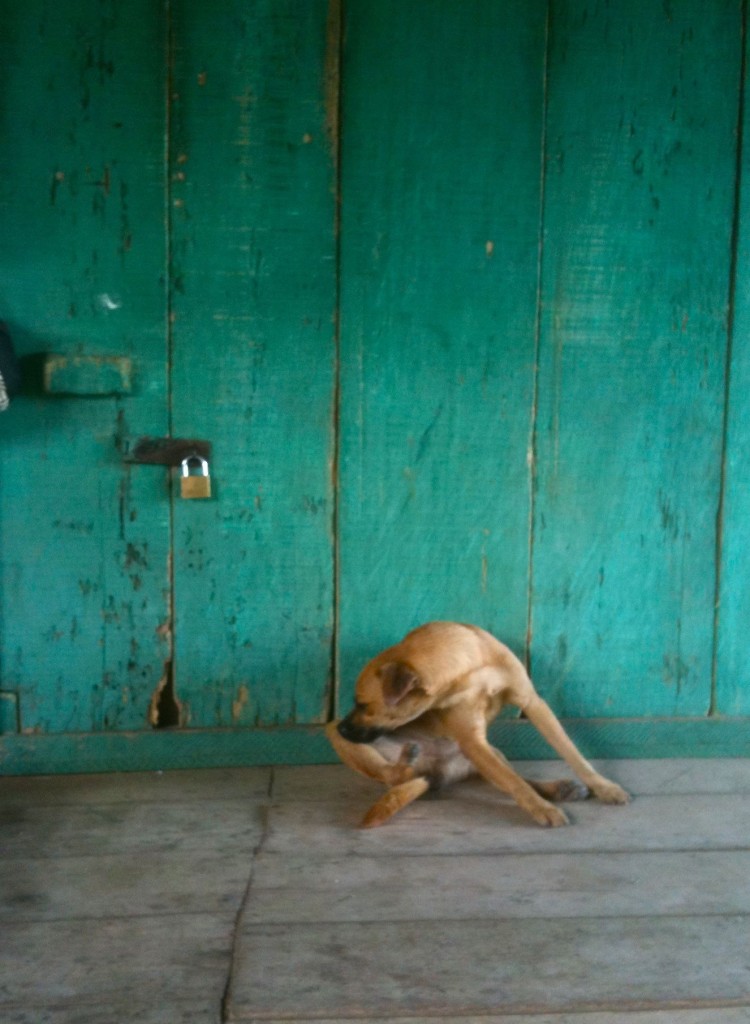
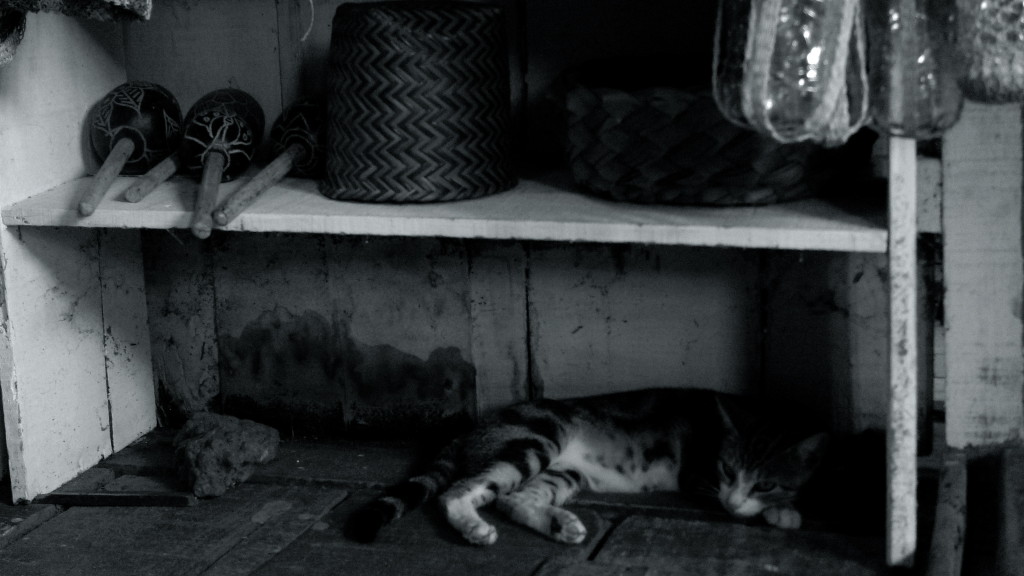

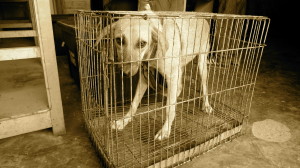
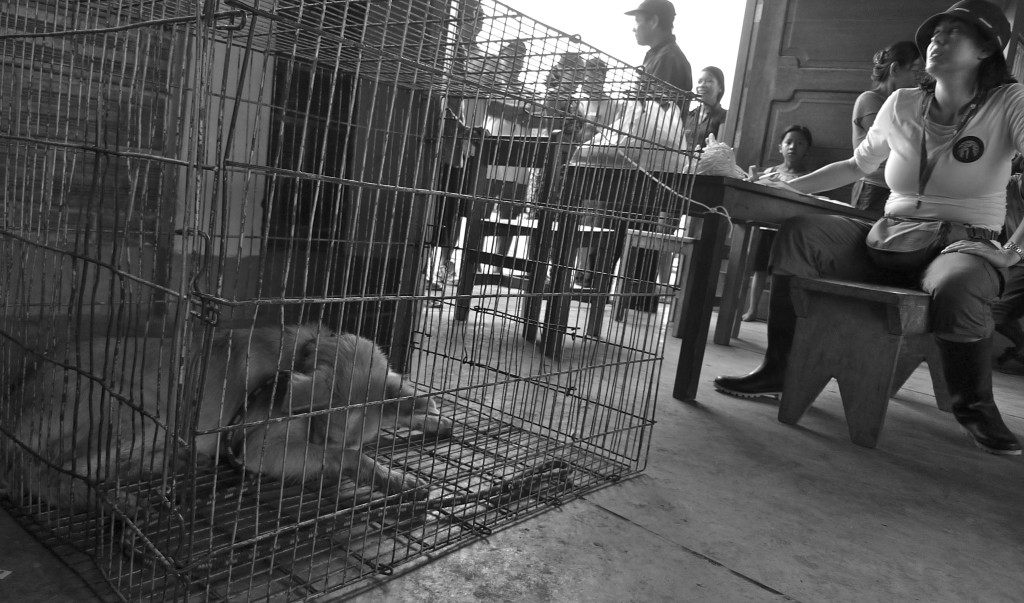

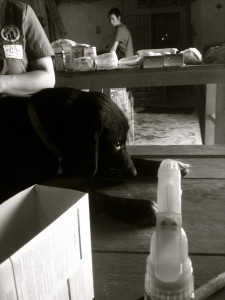
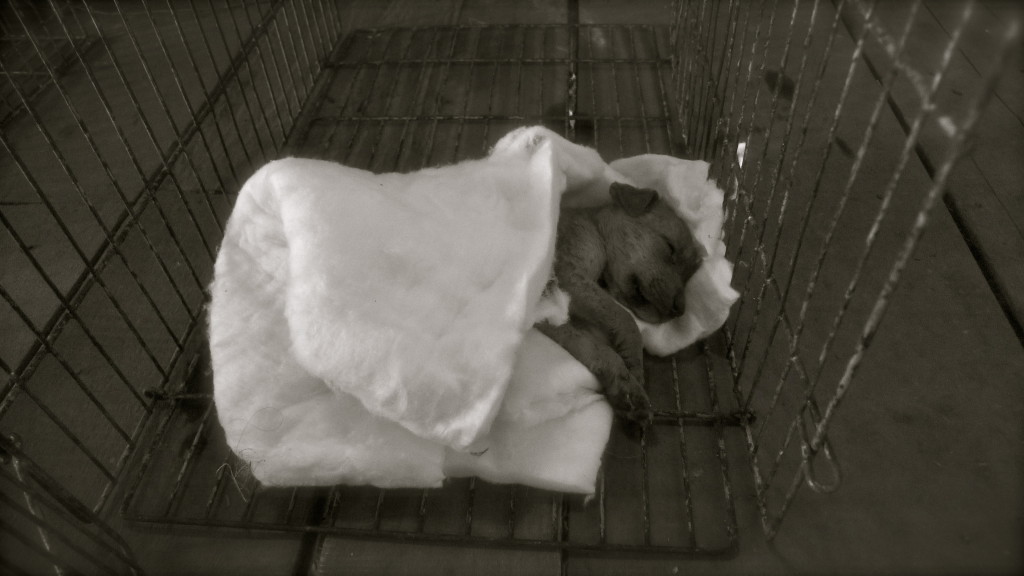
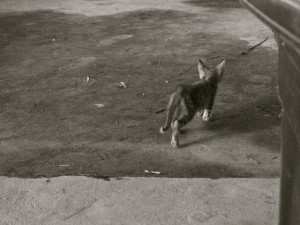
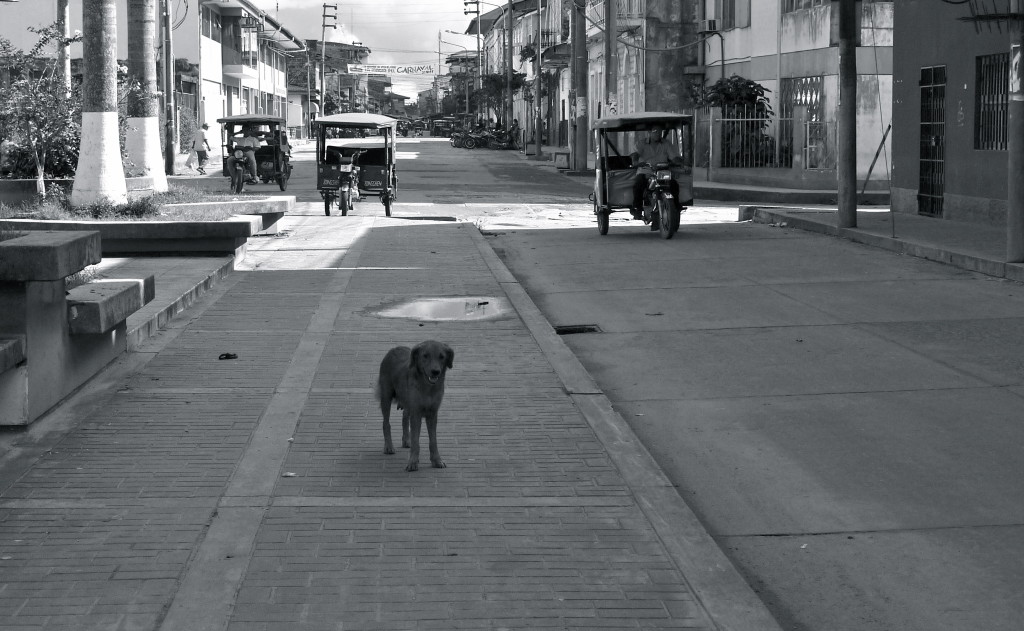






I just returned from Peru to do volunteer work in Lima and also spent time in Cusco. I was very saddening for me to see the animals. I was constantly feeding them. I would buy hot dogs from the street vendors, and feed them to the dogs. Or give them the leftovers of every meal I had..needless to say, I received a lot of confused and dirty looks from the locals.
Wow, that saddens me. I didn’t have that experience- of course, I was working with animal people so maybe they are more sympathetic. If Molly sees this, maybe she will have more insight.
So interesting to me that, in a place with no real facilities to care for animals like we have here, and no families to spoil them, they are treated with more respect than we treat so many of them here.
This really sticks with me: “These animals have difficult lives, for which they need to fight every day. There are no shelters for them, no aid when they are injured or ill. And in return, they are at least given a chance at life instead of a 5 day limit in a concrete shelter.”
What moving photos and moving words. Thank you for your many contributions to the Amazon CARES mission of helping these stray animals in Peru.
Very thought-provoking, Dr. V. Thank you 🙂
That last photo especially gets me. The dog just standing there, looking… I want to run up and hug him.
Sadly Dr. V, I feel those street animals have more hope than most of our US shelter animals where their days are numbered before they face the needle and they spend their last few days in a cage. Moving pictures & words, thank you.
Such a very moving post…
Hi Y’all,
Thank you for the post about the strays. It is indeed a very moving one.
BrownDog’s Human